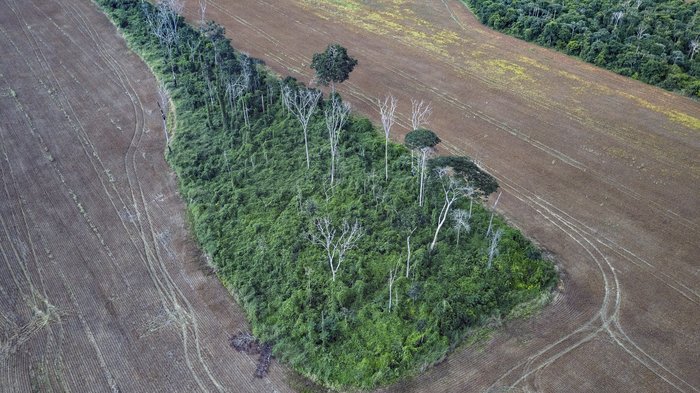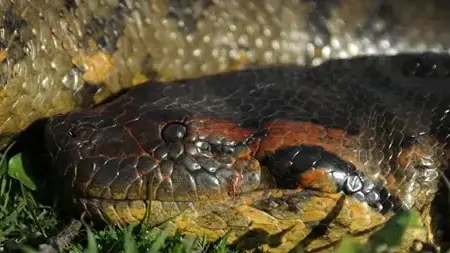Fires and deforestation are accelerating in the Amazon at an unprecedented pace and which threatens to push the green lung of the planet towards a critical threshold, a point of no return that could have consequences for the entire planet.
So much so that by 2050, projections indicate that fires and illegal logging will become the first generators of CO2 in the Amazon.
The alarm is sounded by two studies published in the journal Science, which independently examined data on the profound changes that have occurred in the Amazon forest in recent years, due to a significant intensification of human activities.
The Amazon forest after a fire (source: Marizilda Cruppe, Erika Berenguer)
Always considered one of the most vulnerable and critical ecosystems for guaranteeing the balance of the carbon and water cycles, as well as the habitats of about a third of living species known so far, the Amazon rainforest is upset by changes that are gradually degrading.
Both studies show that fires and deforestation are producing ever greater quantities of CO2, with serious consequences on biodiversity and on the socio-economic balances that affect forest dwellers.
The surface of the Amazon forest currently degraded by fires, deforestation and drought is equal to 38% of what remains of the Amazon overall, reads the research whose first author is David M. Lapola, of the Center for Meteorological and Climatic Research Applied to All Agriculture (Cepagri), of the Brazilian University of Campinas.
The degradation of the forest, the authors of the research point out, translates, for example, into a 34% reduction in the amount of water passing from the ground into the air due to transpiration through the plants and evaporation from the ground (evapotranspiration).
This effect, in turn, ends up impoverishing biodiversity and modifying the landscape, thus also generating a strong socio-economic inhomogeneity.
The projections, the researchers write,
Dead trees in the Amazon forest (source: Marizilda Cruppe, Erika Berenguer)
“The Amazon is currently in a phase of rapid transition from a landscape made up largely of forests to a landscape without forests,” reads the second article, whose first author is James S. Albert of the American University of Louisiana to Lafayette.
“These changes are happening too rapidly for species living in the Amazon, people and ecosystems to be able to react and adapt,” the researchers write.
Referring to findings from the 2021 Amazon Science Panel (Spa) report, the researchers note that the Amazon is changing at a rate hundreds to thousands of times faster than the natural changes observed to date.
“As we approach an irreversible tipping point for the Amazon, the global community must act now.
Policies to prevent the worst consequences have been identified and implementing them is only a matter of political will."
The stakes, they conclude, are very high for everyone because "the failure of the Amazon means the failure of the biosphere and the ability to act, at our peril."
A fire in the Amazon forest (source: Adam Ronan, Erika Berenguer)








